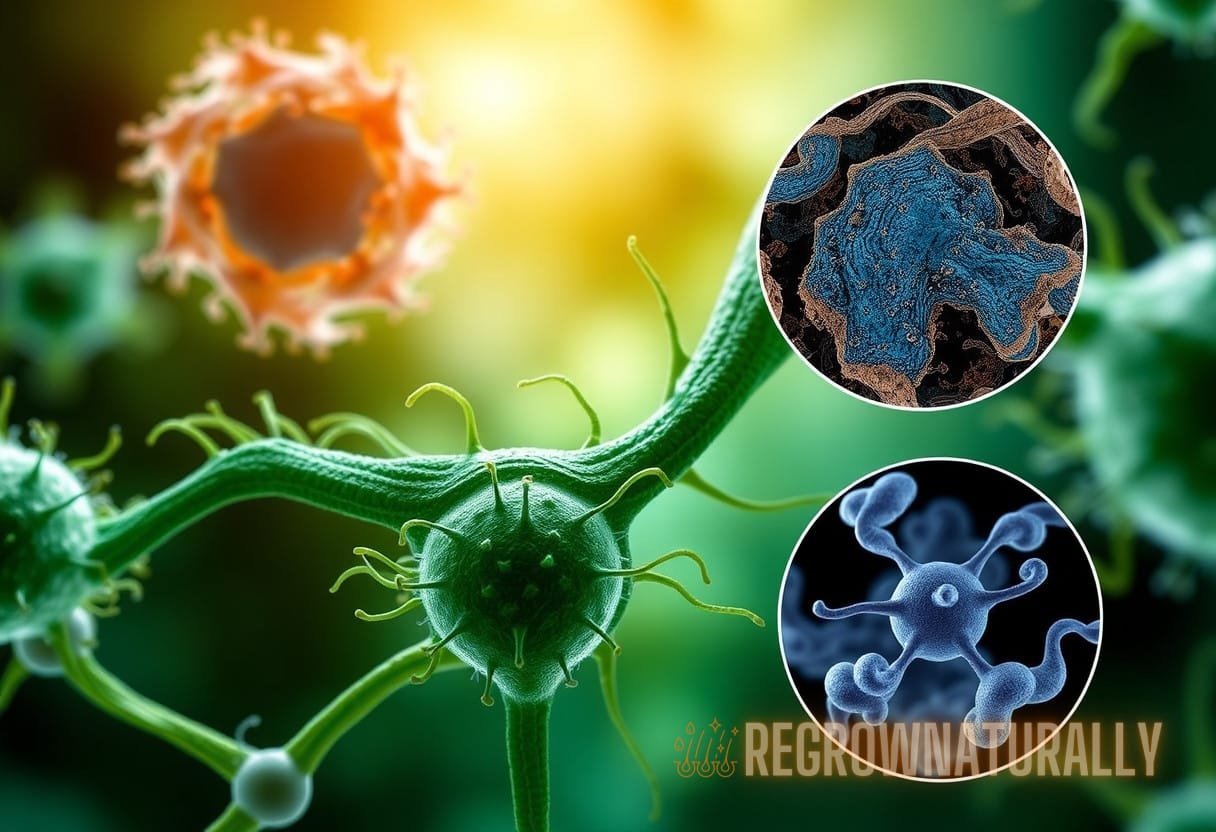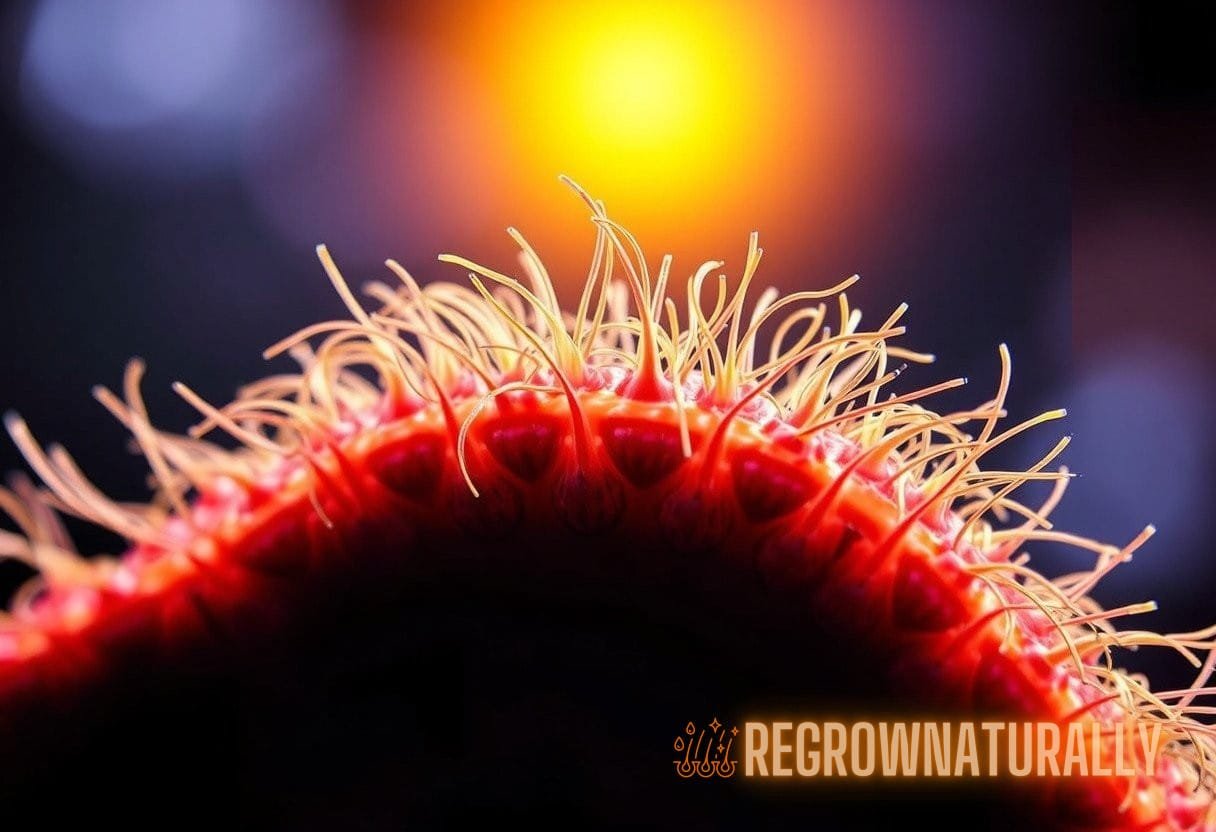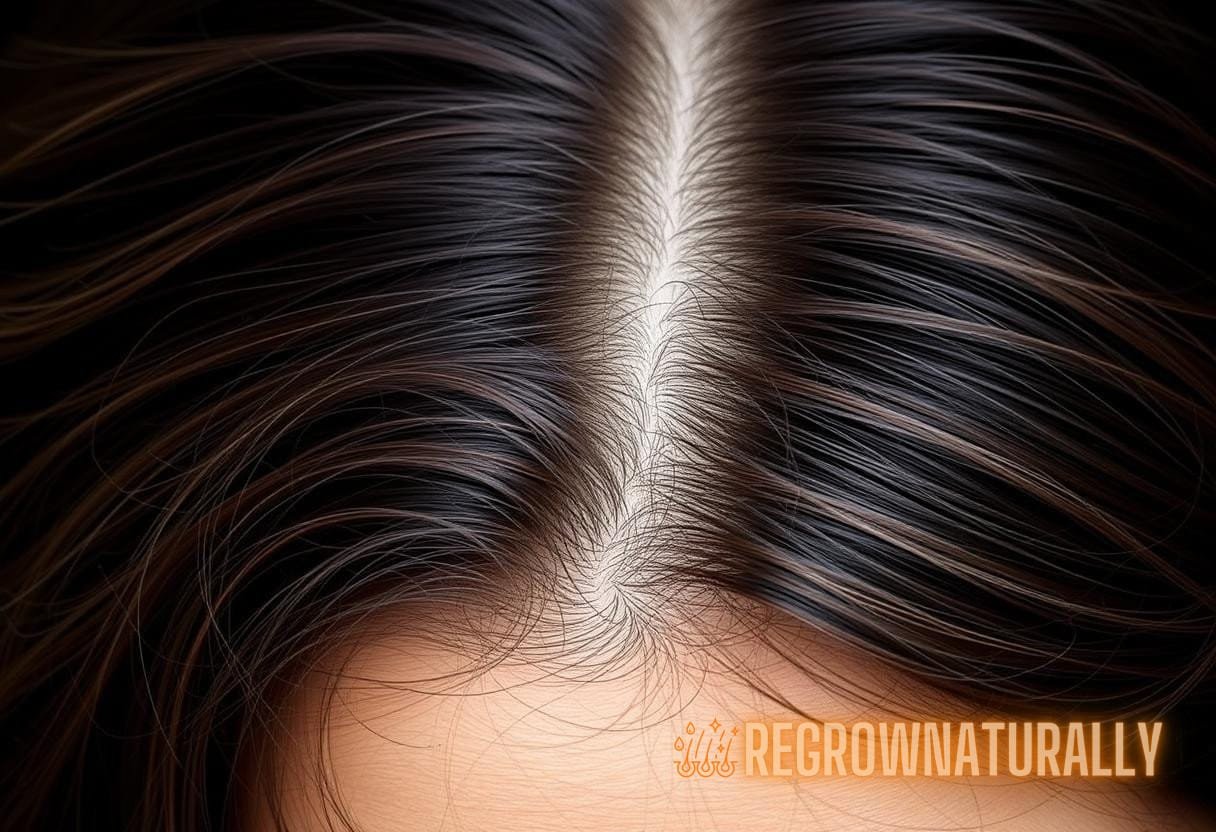Unlocking the Biological Blueprint: Exploring the Cellular Mechanisms Behind Extraordinary Hair Growth
Hair growth is a complex biological process that has fascinated scientists and enthusiasts alike. Understanding the cellular mechanisms behind extraordinary hair growth can provide insights and unlock secrets that may lead to groundbreaking advancements in hair restoration and enhancement. In
The Anatomy of Hair: Structure and Function
To appreciate the biological mechanisms behind hair growth, it’s essential first to understand the anatomy of hair itself. Hair is composed primarily of a protein called keratin, which forms the hair shaft. Here are key components of hair anatomy:
- Hair Shaft: The visible part of the hair, composed of dead keratinized cells.
- Follicle: The skin organ from which hair grows; it contains living cells.
- Dermal Papilla: A crucial structure found at the base of the follicle, responsible for hair growth regulation.
- Sebaceous Glands: These glands produce sebum, an oily substance that keeps hair and scalp moisturized.
The hair follicle undergoes cycling phases that include anagen (growth), catagen (transitional), and telogen (resting). Each phase’s duration directly influences the hair’s length and density, emphasizing the importance of cellular activity during the anagen phase for optimal hair growth.
The Biology of Hair Growth
During the anagen phase, the cells in the hair follicle are highly active. Several key cellular processes contribute to hair growth:
- Proliferation: Stem cells within the hair bulge are stimulated to divide and generate new keratinocytes.
- Differentiation: These keratinocytes mature into specialized cells that form the hair shaft and inner root sheath.
- Vascularization: The dermal papilla cells secrete factors that promote blood vessel formation, providing essential nutrients to the growing hair.
Research indicates that signaling pathways such as the Wnt/β-catenin pathway and Sonic Hedgehog (Shh) play critical roles in regulating hair follicle development and regeneration. Understanding these pathways is key to unveiling hair growth secrets that can lead to innovative treatments.
Cellular Mechanisms Behind Extraordinary Hair Growth
Recent advancements in molecular biology have illuminated several cellular mechanisms that significantly enhance hair growth:
1. Stem Cell Activation
Hair follicle stem cells, located in the bulge region, are pivotal for hair regeneration. The activation of these stem cells is essential for entering the anagen phase. Research published in Nature Reviews Molecular Cell Biology suggests that signaling molecules like BMP (Bone Morphogenetic Protein) and Wnt can significantly enhance stem cell activity, leading to robust hair growth.
2. Growth Factors
Several growth factors have been identified as enhancers of hair growth:
- Fibroblast Growth Factor (FGF): Stimulates the proliferation of dermal papilla cells.
- Insulin-like Growth Factor (IGF): Promotes keratinocyte proliferation and differentiation.
- Keratinocyte Growth Factor (KGF): Encourages hair follicle development and cycling.
These growth factors can be harnessed through topical treatments or injections to exploit the hair growth secrets embedded in our biology.
3. Hormonal Influence
Hormones are also crucial players in the hair growth process. Androgens, for instance, can have both promoting and inhibiting effects on hair growth, depending on their concentrations and the individual’s genetic predisposition. Testosterone’s conversion to dihydrotestosterone (DHT) can lead to hair follicle miniaturization, commonly associated with male and female pattern baldness.
Counteracting these effects through hormonal therapies could be an avenue for individuals affected by androgenic alopecia.

Emerging Treatments and Innovations
As our understanding of the biology of hair growth evolves, so too do the treatment options available. Here are some of the most promising innovations:
1. Platelet-Rich Plasma Therapy
PRP therapy involves injecting platelets derived from the patient’s blood into the scalp. This process releases growth factors that may help stimulate hair follicle activity. A case study published in the Journal of Cosmetic Dermatology showed significant improvement in hair density and thickness among participants after a series of PRP treatments.
2. Microneedling
Microneedling promotes healing and enhances absorption of topical treatments. Studies have shown that combining microneedling with minoxidil significantly improved hair growth outcomes compared to minoxidil alone, tapping into the hair growth secrets hidden within the skin.
3. Hair Cloning and Regenerative Techniques
The future of hair restoration may lie in cloning hair follicles or utilizing stem cell technology to regenerate hair. Research in this area is ongoing, with promising results emerging from clinical trials using induced pluripotent stem cells (iPSCs) to grow hair follicles in vitro.
Case Studies in Hair Growth Enhancement
To demonstrate the effectiveness of various hair growth methods, let’s look at a few notable case studies:
Case Study 1: PRP Therapy
A 35-year-old male experiencing androgenetic alopecia underwent PRP therapy. After three sessions, he reported increased hair density and improved scalp coverage, validated by digital photography and patient satisfaction surveys. This case reinforces the potential of natural growth factors in combating hair loss.
Case Study 2: Minoxidil and Microneedling
In a randomized controlled trial, a group of participants received regular minoxidil treatment, while another group underwent combined microneedling and minoxidil. After 12 weeks, results indicated that the group receiving combined treatment exhibited significantly greater hair density compared to those who only used minoxidil.
Future Perspectives in Hair Growth Research
As research continues to unravel the cellular mechanisms behind hair growth, future approaches may integrate genetic, molecular, and lifestyle modifications to enhance hair restoration methods. The study of epigenetics is particularly promising, as it explores how environmental factors can influence gene expression related to hair growth.
1. Genetic Modifications
Potential advancements in gene therapy could lead to interventions that target specific genetic markers associated with hair loss. This field is still in its infancy but holds incredible potential.
2. Nutritional Influences
Exploring the role of nutrition in hair health can also illuminate additional hair growth secrets. Micronutrients such as vitamins A, D, E, and B-vitamins, along with minerals like zinc and iron, are known to play a significant role in hair growth and health.
Conclusion
While the field of hair growth research continues to evolve, understanding the cellular mechanisms behind extraordinary hair growth provides an invaluable foundation for developing innovative treatments. Ongoing studies and emerging technologies hold the promise of unlocking more hair growth secrets, offering hope to those seeking solutions to hair loss. The interconnectedness of biology, genetics, and environmental factors will shape the future landscape of hair restoration science.



